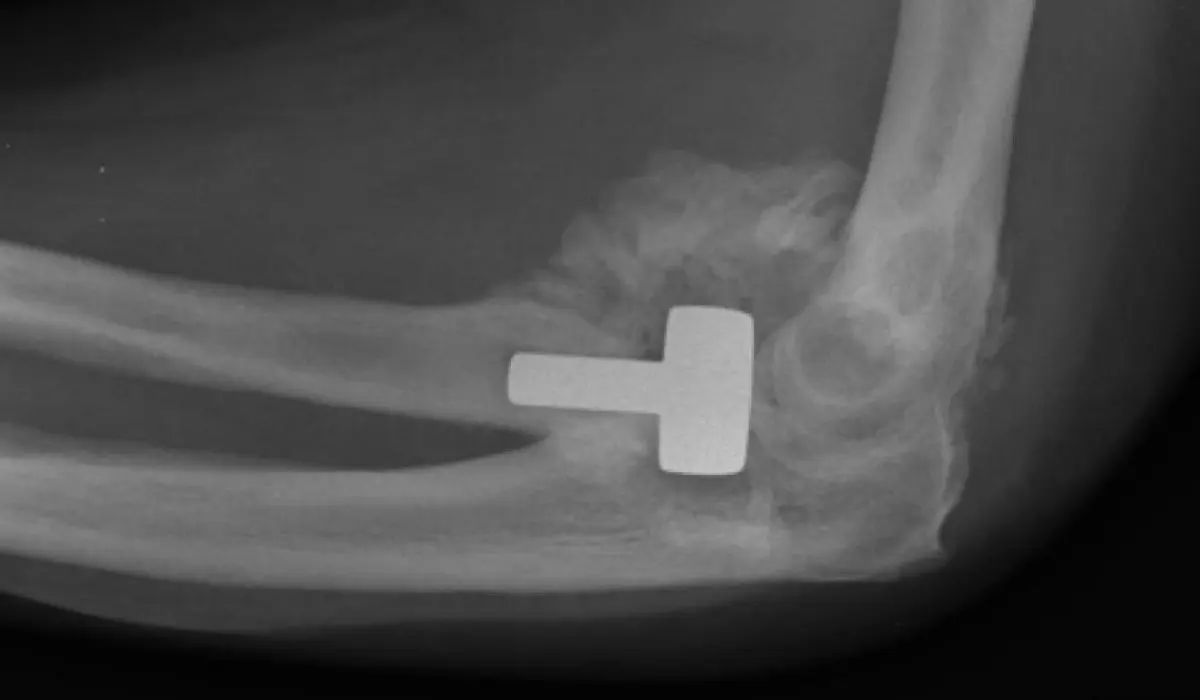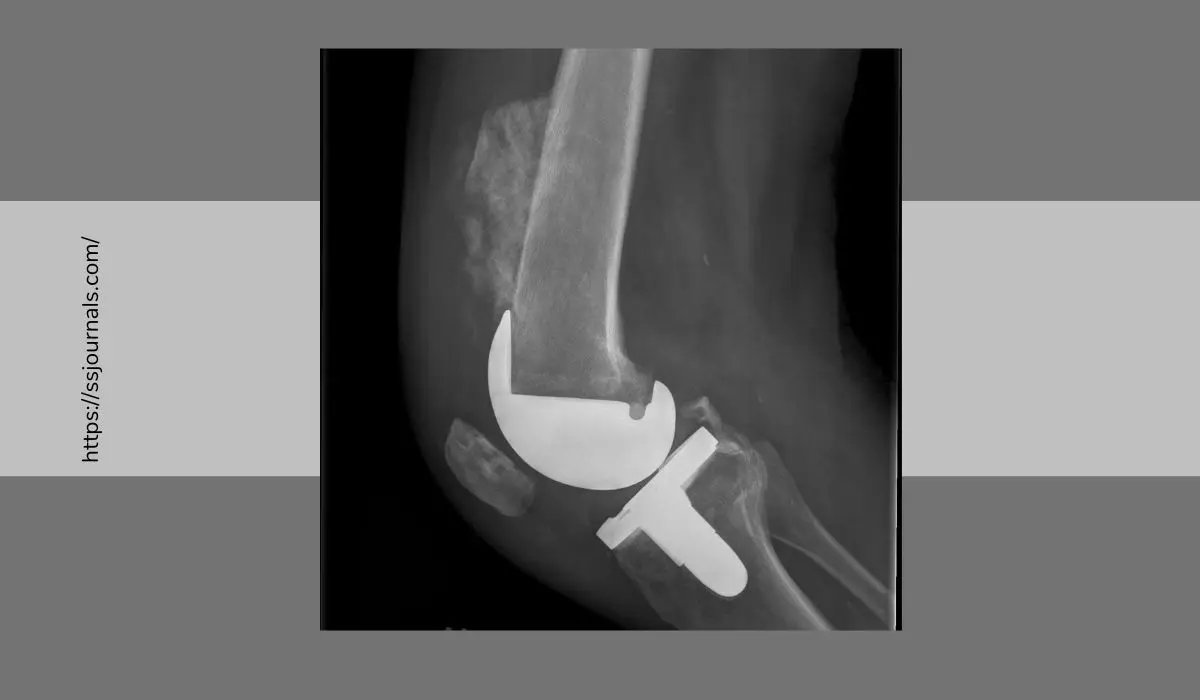Myositis ossificans is a rare condition in which muscle or soft tissue is replaced by bone. It most commonly affects the large muscles of the arms and thighs. Myositis ossificans causes the affected muscle to become hardened or ossified
What Is myositis ossificans?
Myositis ossificans has two classifications – circumscribed myositis ossificans and progressive myositis ossificans. Circumscribed myositis ossificans are more common and results in a single area of ossification generally at the site of trauma to a muscle. Progressive myositis ossificans is rarer but causes widespread heterotopic bone formation in multiple muscles.

Causes And Risk Factors
Myositis ossificans often occurs after trauma or injury to a muscle. About 60% of cases occur after blunt force trauma such as a bad bruise from a fall or blow. Other potential causes include:
➜ Overuse injuries from repetitive motions or strain
➜ Burns, especially severe burns
➜ Joint replacement or limb amputation surgery
➜ Spinal cord injuries
Activities with high injury rates like football, hockey, or ballet dancing increase risk. Males experience myositis ossificans more frequently than females on average. People between the ages of 20-40 have the highest risk.
What Are The Symptoms Of Myositis Ossificans?
The primary symptom is progressive stiffness, swelling, and decreased mobility in the affected muscle or limb. The mass of ossified muscle may also be visible or palpable through the skin as a firm lump. Other symptoms may include:
In some cases, symptoms may lessen over time as the condition becomes inactive. But heterotopic bone continues to be present.
Also Check: How Can You Overcome Pregnant Pain In Inner Thigh?
How Is Myositis Ossificans Diagnosed?
Myositis ossificans is diagnosed based on clinical examination, patient history, and imaging tests like x-rays, CT scans or MRIs. Ultrasound may also be used to look for calcification. Biopsy is avoided as it can worsen the spread of ossification.
Mild cases may be managed conservatively through:
More severe lesions may require surgical removal. But recurrence is common unless the ossified bone is completely excised before maturation. Radiation therapy may also be used to try to prevent recurrence.
What Is The Prognosis For Myositis Ossificans?
The outlook for most patients with myositis ossificans is good, especially with circumscribed lesions. Limiting movement of the affected limb through splinting or casting early can help control symptoms. While bothersome, myositis ossificans is usually not disabling if properly treated.
However, progressive myositis ossificans does carry higher risks of joint deformities and loss of movement if widespread. Any symptoms interfering with daily activities warrant prompt medical care. Close follow up is key to monitor lesions for any malignant transformation, which is rare.
Can Myositis Ossificans Be Prevented?
While not always possible, the best way to prevent myositis ossificans is to avoid severe muscle injuries whenever feasible. Other prevention tips include:
With proper rest, treatment, and precautions, many people with myositis ossificans can continue to lead active, functional lives.
FAQ
No, myositis ossificans is not a cancerous condition. It causes abnormal bone growth in soft tissues, but is not malignant. However, rare cases have been associated with cancerous tumors so ongoing monitoring is important.
In most cases, myositis ossificans does not cause impairment severe enough to be considered a disability. However, if lesions are extensive or occur near joints, they can limit mobility which may require workplace or activity accommodations.
Myositis ossificans may resolve or become inactive over several months, especially with proper rest and avoidance of re-injury during the acute phase. However, hardened lesions or bone typically remain unless surgically removed.
Circumscribed myositis ossificans generally remains localized to one muscle area. But progressive myositis ossificans does spread through multiple soft tissue sites, which makes it more disabling.
Yes, physical therapy is an important part of treatment to maintain joint mobility and prevent contractures. Stretching and range-of-motion exercises can keep the limb flexible despite lesions present, under guidance of a physiotherapis
More: How Long Does It Take For A Dim Supplement To Work In Your Body?

